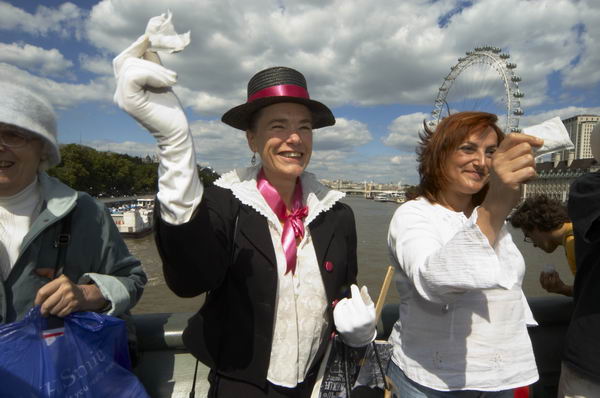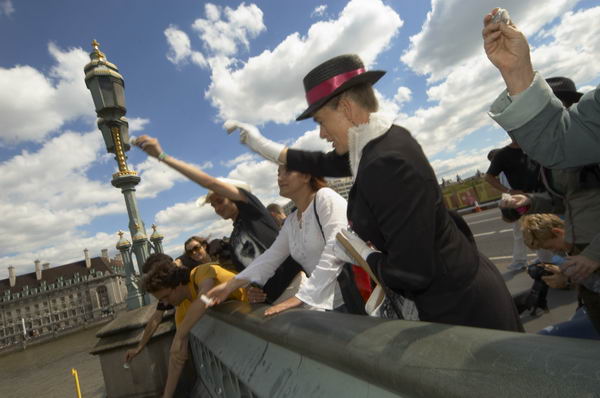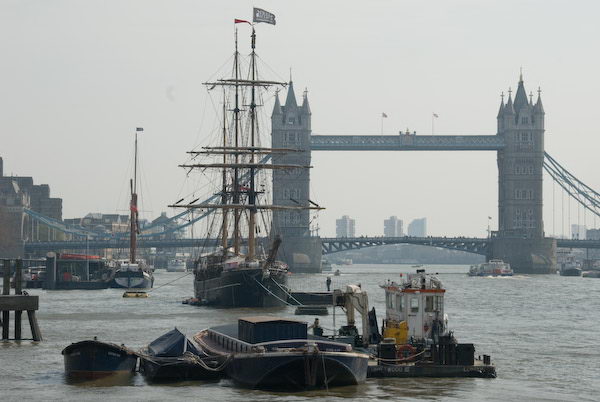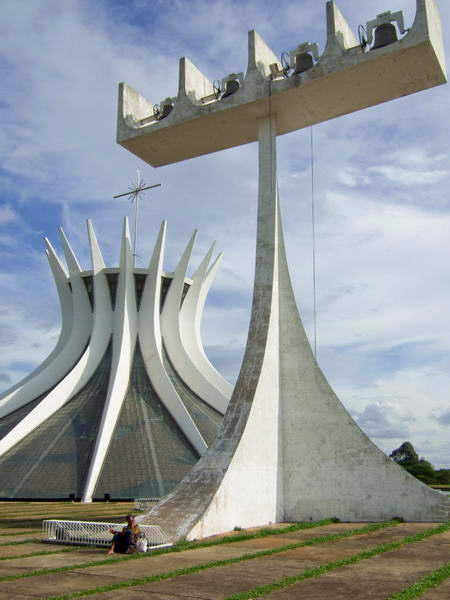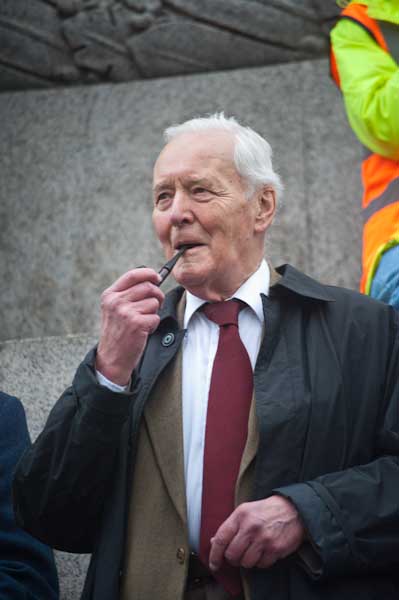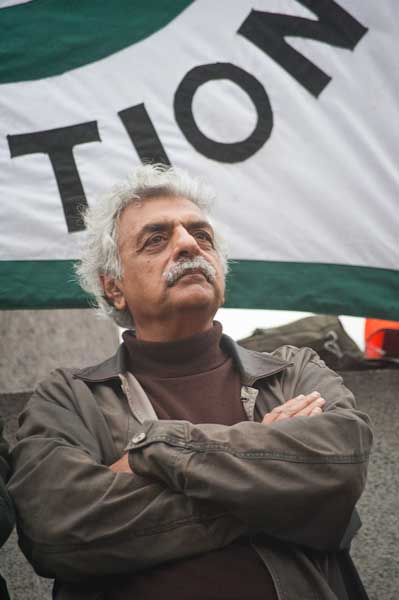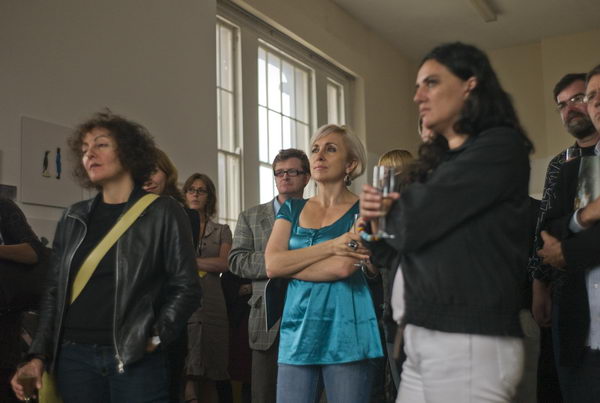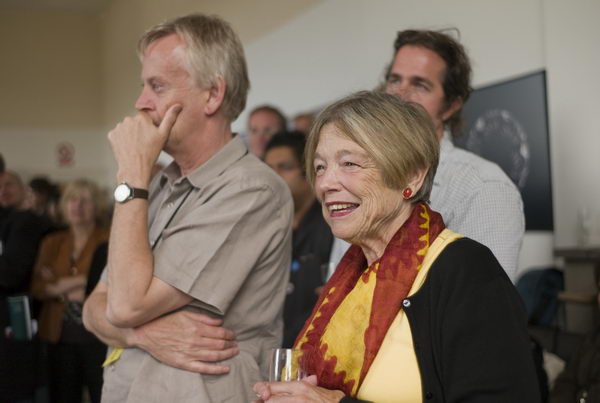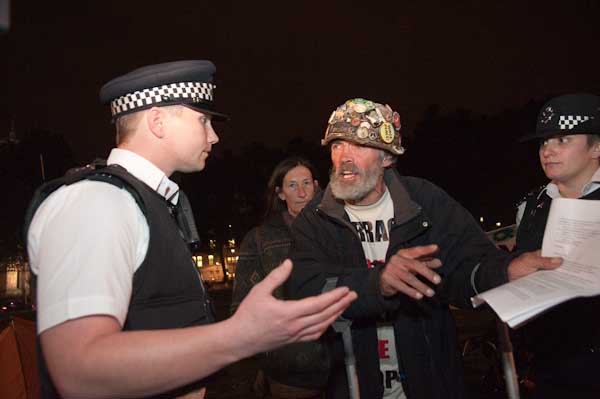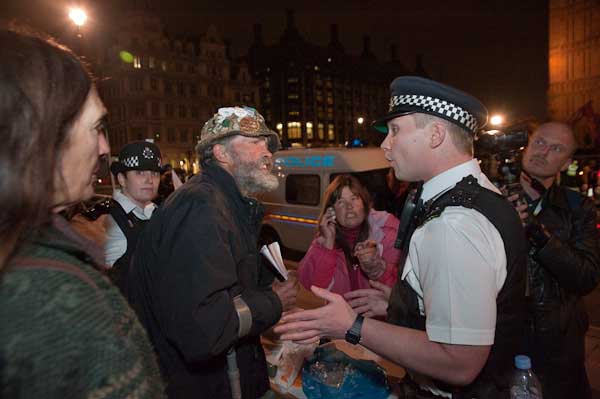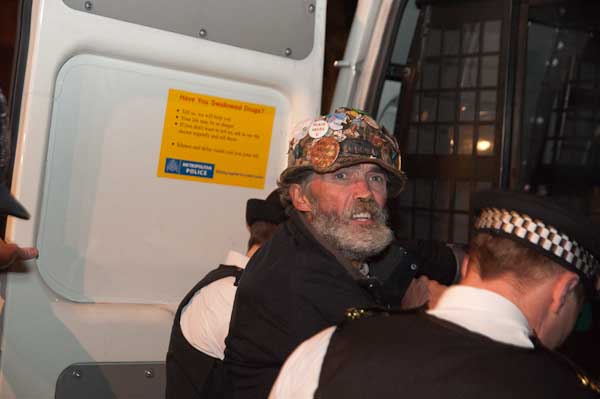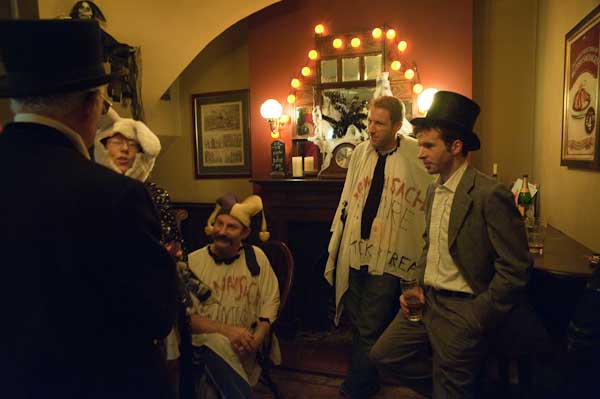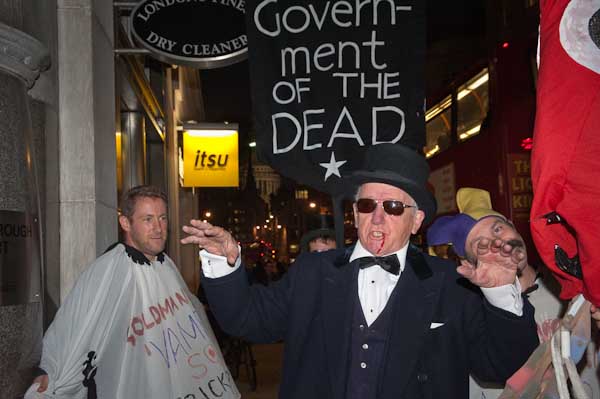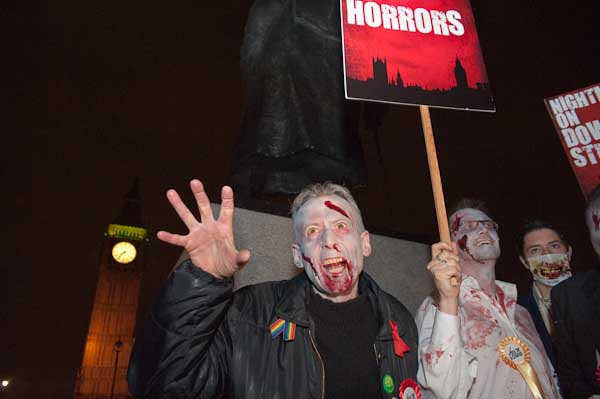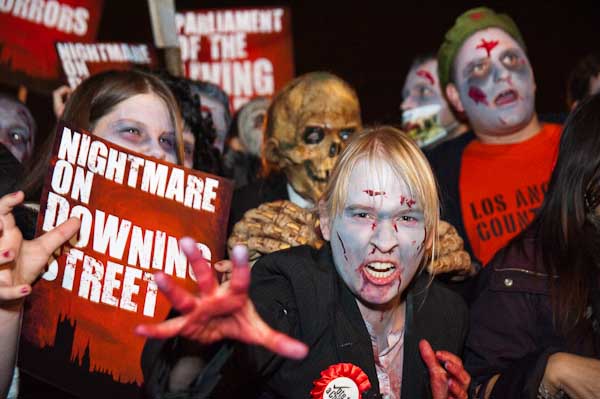One of the many sections of the Guardian that usually goes direct into the recycling is the Family section, but on Saturday it had a rather striking self-portrait of a startled looking young Sally Hammond on the phone in a white dressing gown with pink stars. Sally had just got out of the bath and answered the phone, as no one else was available, and had just been informed of the death of a relative.
Sally is just one of 28 pupils from Kingsmead School in the London Borough of Hackney, who took part in a remarkable collaboration over 6 months with photographer Gideon Mendel, photographing their lives – friends, family, the estate, shops, Sunday Schools – things that appealed to them and they felt strongly about. Food features quite a lot!
Crispin Hughes, whose work I’ve written about on a couple of occasions, taught the children how to use the digital cameras they used on the project in a series of workshops, and in the pictures selected for the video on the Kingsmead Eyes site you can see that most of those involved were eager learners. At least one now wants to be a photographer when they leave school.
I wrote a a piece on Demotix a couple of months ago criticising a politician who compared Hackney with Baltimore as seen in ‘The Wire‘. It isn’t, but it is one of our more deprived urban areas, and the particular estate on which the school is – the Kingsmead estate – has a poor reputation.
It is a typical LCC red-brick pre-war estate of large 5 storey deck access flats – 980 in all – in courtyard blocks close to the Lea Navigation, just to the south of Clapton Park, and across the canal from Hackney Marshes – whose many football fields feature in some of the images and part of which will be a car/coach park of the London 2012 Olympics. This “village” estate of “Kings Mead” was officially opened by the King – George VI along with Queen Mary – in 1939. The flats were built to a high standard with modern facilities for the time, and the tenants who were rehoused from the slums of Bethnal Green and Stepney enjoyed their new luxury – even if they were a bit out in the country.
It was only in the sixties that they began to turn into undesirable slums, partly through neglect with shared stairways and decks as on many similar estates becoming dirty and sometimes dangerous places, and by the seventies estates like this had became sink estates, with the GLC rehousing problem families from across all London in them. Transfer to LB Hackney after Thatcher’s ridiculous abolition of the GLC (a policy based purely on spite) didn’t help and the estate became notorious after the death of a teenager during a homosexual orgy in one of the flats in 1985. There were also very high levels of burglary on the estate and many robberies on the streets by gangs of youths. Things began to pick up in the 1990s, party because of coordinated action by police and council to use injunctions, repossession orders and other civil remedies against trouble-makers, resulting in a rapid drop in crime, but also because of one of the establishment of one of the most radical “bottom up” community projects there, the Kingsmead Kabin, still running.
Regeneration funding was granted in 1995, and since then with the estate in charge of registered social landlord, Kingsmead Homes (Hackney) Limited, now the Sanctuary Housing Association, over £40 million has been spent on building refurbishment. Sanctuary Housing Association along with the governors of Kingsmead School supported the project.
As well as working with the 28 pupils on the project, Mendel also photographed every one of the 249 pupils at the school, using an old Rolleiflex. These portraits are shown as an composite image at the Kingsmead Eyes exhibition – on show at V&A Museum of Childhood in Bethnal Green until 7 Feb 2009 – giving as it says “remarkable diversity and origins of these children in more than 46 countries this becomes a truly global portrait, taken in a small Hackney school.”
But as the old theatre saying goes, “never work with children or animals” and in the video installation, which is part of the exhibition and can also be viewed on line makes clear it is their work – photographs, descriptions and poems – initiated and inspired by Mendel that really makes this project. (The video also credits Louise Nichols along with Gideon Mendel for Creative Direction, Mo Stoebe as Video Editor and Crispin Hughes for the Photo Workshops.)
But at the same time, Mendel also made his own documentation of the area. Knowing the work of this South African born photographer who has been based in London since 1990 Im sure it will be of a very high standard. You can hear him talking about his work, mainly on HIV/Aids but with also some other interesting issues raised particularly in the questions and his answers, on a long video made at the Front Line Club last year (1 hr 27min.)
This is another fine show as a part of photomonth, the East London Photography Festival which continues through November, and which opened at the Bethnal Green museum a month or so ago .
